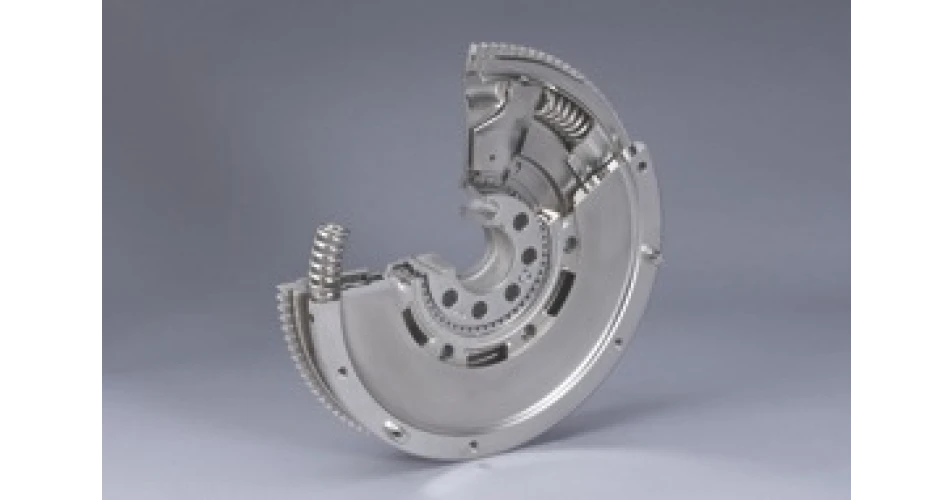As motorists, we are all inclined to take things for-granted. We turn on the ignition and we expect the motor to start. That was not the case 40 years ago. You turned on the engine and you might have pulled a starter and hoped the battery was alive enough to engage the starter pinion with the ring gear etc.
Innovations such as the Dual Mass Flywheel (DMF) have ensured that the engine doesn’t stutter and vibrate when we travel at low rpm’s. LuK was the first company in Europe to market a diaphragm spring clutch when, in the mid eighties, they launched the first DMF.
What is the DMF’s function?
Basically it dampens vibration, generated from the crankshaft and throughout the drive train.
The periodic combustion cycles of a 4-stroke engine produces torque fluctuations that cause torsional vibration to be passed down the drive train. The noise and vibration this causes, such as gear rattle, body boom and load change vibration, result in poor noise behaviour and driving discomfort.
The objective in developing the DMF was to isolate as much of the drive train as possible, from the torsional vibration caused by the engine’s rotating mass. Owing to its integral spring/damper system, the DMF almost entirely absorbs this torsional vibration.
So-called bow springs are at the core of the dual-mass flywheel. They are significantly longer than the clutch damper springs previously used and are more efficient at insulating transmission vibration. The LuK DMF was able to reduce critical engine speeds to levels below idle speed for the first time, thereby ensuring reliable damping of engine vibration. This significantly increased driving comfort and quickly gave the DMF a reputation as a vibration “killer” in the drive train.
The result: Very good vibration damping, comfort in the ride, low rpm’s performance, resulting in fuel economy and low emissions.
The DMF is positioned between the engine and the transmission, to neutralise vibration and relieve the strain on the crankshaft. Since it’s launch just over 25 years ago, the LuK DMF has been fitted as OE, by practically every vehicle manufacturer across the globe. At LuK, the quality policy is not limited to ferreting out and eliminating defective products through exhaustive inspections, but to preventing defects from occurring in the first place.
Clutch Replacement: Always check the DMF when replacing the clutch. Mechanics are advised to carry out a routine check on the condition of the DMF. By using the LuK DMF tool, you can perform a 100% functional test (in situ). If a worn or defective DMF is not replaced here, it will inevitably destroy the new clutch.
A quarter century is a long time for a product to be successful in the quickly changing, innovation-driven automobile market. However, the DMF has stood the test of time, with production to date in excess of 63 million units. One in every three cars on Irish roads is equipped with a DMF, and future growth will be dictated by “downsizing” and the need for CO2 reduction.
